40 x 31.5 without frame
59 x 50 with frame
Charles-Émile Jacque (1813-1894) Charles-Émile Jacque was a 19th-century French painter, engraver and illustrator, born in Paris on May 23, 1813 and died in Paris on May 7, 1894. A major artist of the Barbizon School, he was known for his landscapes, pastoral scenes and detailed depictions of animals, particularly farmyard and livestock, which sensitively captured the rural life of his time. Before devoting himself fully to art, Jacque began as a military engraver and cartographer. He then became interested in painting and drawing, joining the realist movement which sought to highlight simple and authentic subjects, often inspired by daily life in the countryside. Settled in Barbizon, alongside other famous painters such as Jean-François Millet and Théodore Rousseau, he developed his style, combining finesse and meticulous observation. As a talented engraver, he also contributed to the revival of etching in France. His engravings of animals and landscapes were very successful and contributed to his international reputation. In addition to his pastoral works, Jacque produced illustrations for literary and scientific works. Charles-Émile Jacque's paintings, often centered on farm scenes or animals in their natural environment, demonstrate his deep respect for nature and rural traditions. His works, highly prized during his lifetime, continue to be appreciated for their technical quality, charm, and poetic evocation of peasant life. Today, his works are featured in many museums, including the Musée d'Orsay in Paris and the Metropolitan Museum of Art in New York, and are actively sought after by collectors around the world.














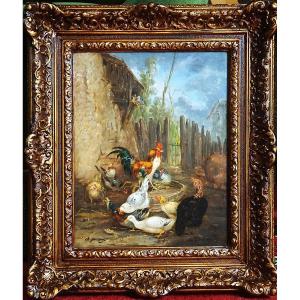
















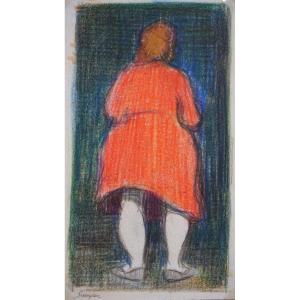
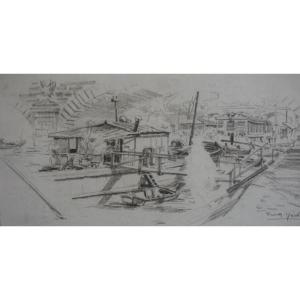

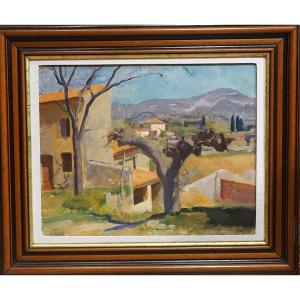

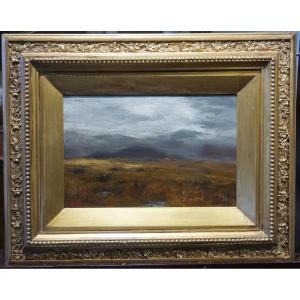

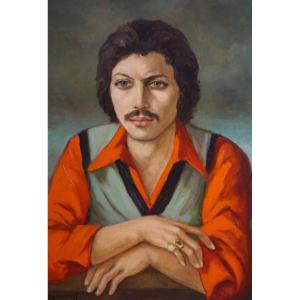
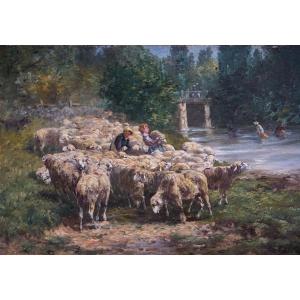

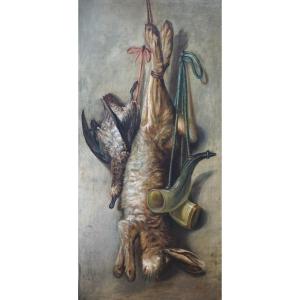



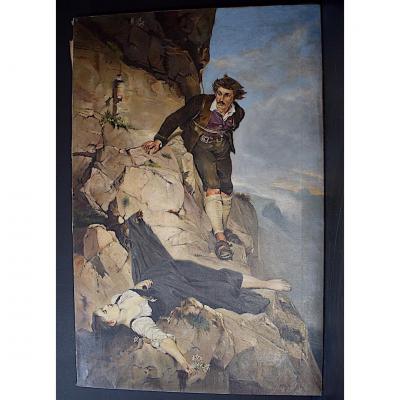




 Le Magazine de PROANTIC
Le Magazine de PROANTIC TRÉSORS Magazine
TRÉSORS Magazine Rivista Artiquariato
Rivista Artiquariato